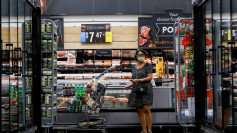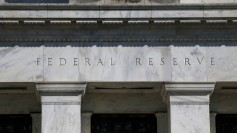U.S. inflation accelerated in January, exceeding expectations and adding pressure on the Federal Reserve to keep interest rates steady for longer. The consumer price index (CPI) rose 0.5% for the month, bringing the annual inflation rate to 3%, according to data released Wednesday by the Bureau of Labor Statistics. The figures came in higher than Dow Jones estimates of 0.3% for the monthly gain and 2.9% for the yearly rate.
Excluding volatile food and energy prices, core CPI increased 0.4% in January, with the annual core rate climbing to 3.3%-above the 3.1% forecast. The report marks the first time since June 2023 that inflation has reached the 3% threshold, reigniting concerns that price pressures remain sticky despite months of easing.
Shelter costs, which make up a significant portion of consumer expenses, rose 0.4% in January and accounted for about 30% of the overall increase in inflation, according to the BLS. Food prices also contributed to the surge, increasing 0.4% for the month. Egg prices jumped 15.2%, the largest monthly increase since June 2015, due to the ongoing avian flu outbreak that has forced farmers to cull millions of chickens. The sharp rise in egg prices accounted for two-thirds of the increase in grocery costs. Over the past year, egg prices have surged 53%.
Following the report, U.S. stock markets reacted sharply. Futures tied to the Dow Jones Industrial Average dropped more than 400 points, while the S&P 500 and Nasdaq also saw declines of around 1%. The 10-year Treasury yield climbed to 4.6% as investors reassessed their expectations for Federal Reserve policy.
The inflation data comes just a day after Fed Chair Jerome Powell signaled that the central bank was unlikely to cut interest rates soon. Powell emphasized that the Fed remains committed to its 2% inflation target and that rate cuts would depend on further evidence of price stability.
Market expectations for a rate cut in May have now declined, with traders increasingly betting that the Fed will wait until later in the year before making any adjustments.
The latest figures also highlight the difficulties facing the Biden administration as it navigates economic headwinds. While inflation has fallen significantly from its 40-year peak in 2022, prices continue to rise at a pace faster than the pre-pandemic norm.






